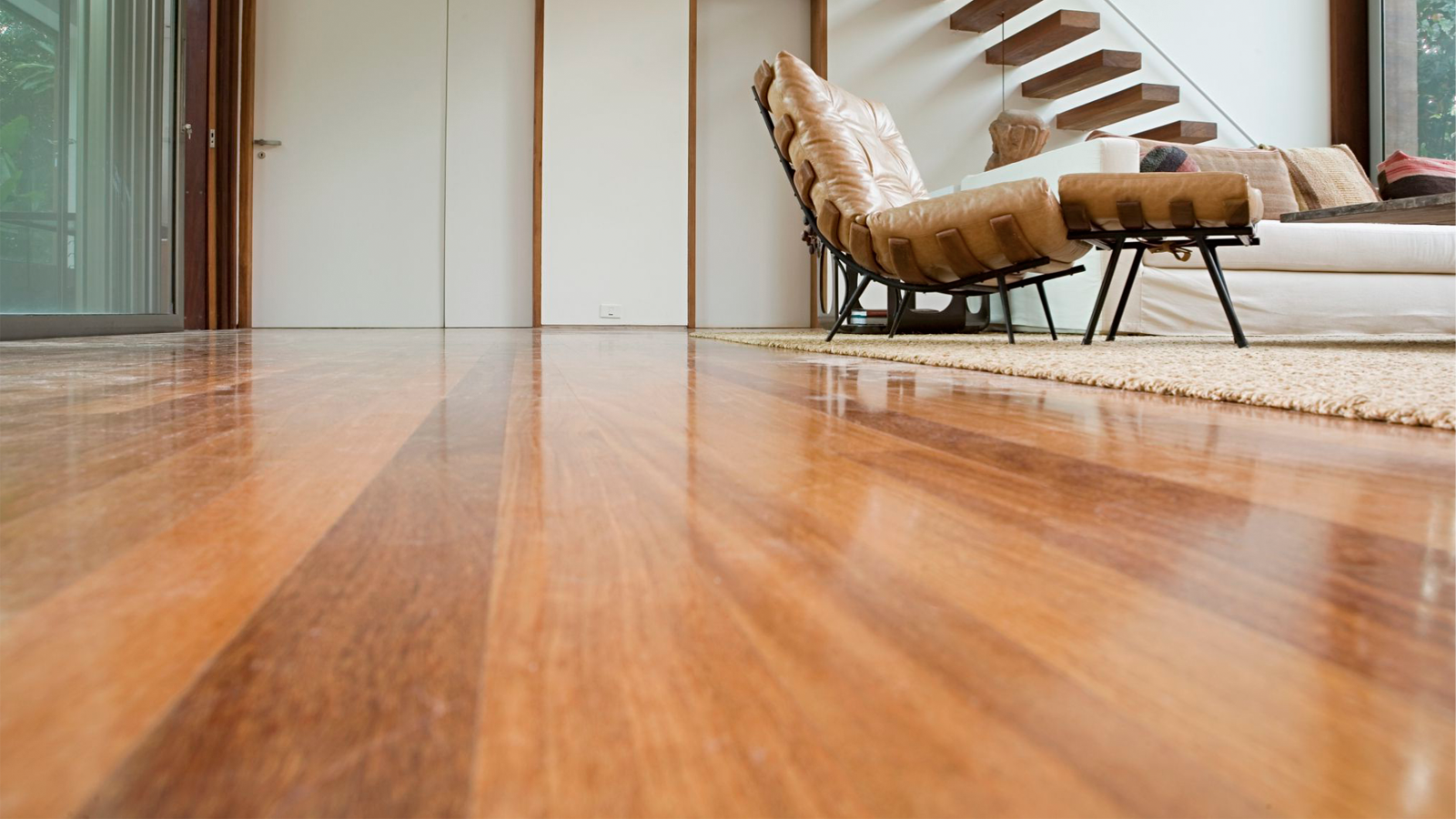our woods
Solid Hardwood
As the name implies, this type of wood flooring is solid wood all the way through, from top to bottom. It's similar to any other stick of lumber that sawn straight off of the log—no additional materials added. It's usually just called ``hardwood floor.``
Hardwood flooring comes either unfinished or prefinished. Unfinished hardwood tends to be a little cheaper than prefinished but does require immediate light sanding, staining (optional), and sealing after installation. With prefinished, you can walk on it right after installation. With unfinished, you need to limit usage until it has been sealed. After sealing, you will need to wait at least 48 hours for the sealant to dry. Even then, additional coats may be required. With unfinished, the advantage is you can stain it and seal it to your exact specification. With prefinished, the advantage is the quick turnaround time.
Hardwood must be nailed to a wooden subfloor. Unlike the other wood flooring options, it cannot be installed straight on concrete or on top of your existing floor. Because of the nail-down requirement, it is recommended that you hire hardwood floor installers. If you wish, though, it is possible to rent floor staplers from home improvement centers.
Because hardwood is especially prone to scratches and dents, you will want to pay special attention to the Janka hardness rating scale and buy a species (e.g., oak, ash, etc.) of wood appropriate to your lifestyle and your budget. One popular hardwood is bamboo flooring. While bamboo is a grass rather than a hardwood, it's usually classed as a hardwood and is highly valued for its apparent ``green`` and environmentally friendly qualities.
Hardwood flooring's greatest advantage is that it can be re-sanded numerous times, extending its life literally for decades. Its greatest weakness: it cannot be installed in moist areas such as basements or bathrooms.

